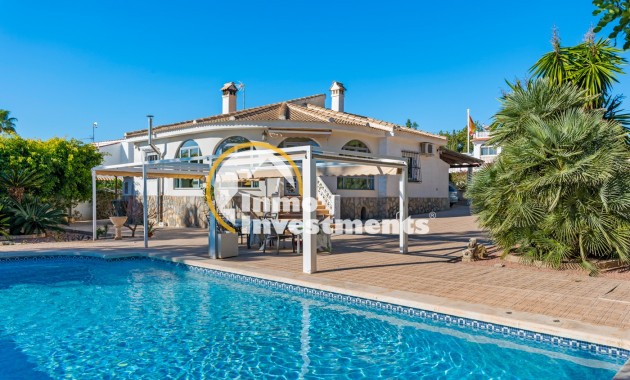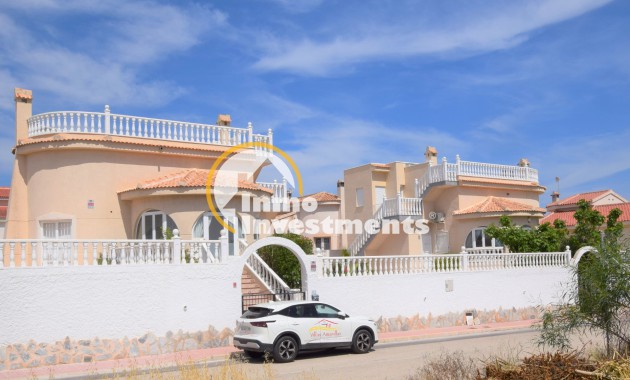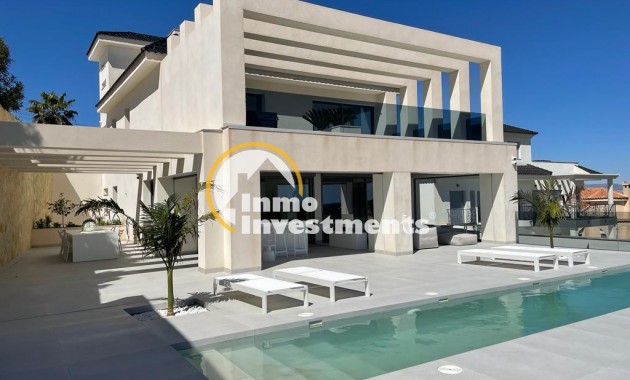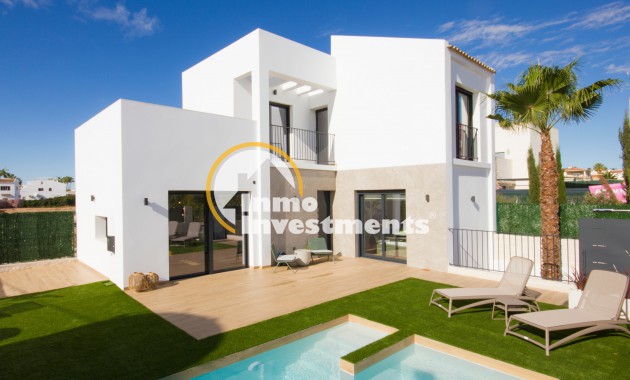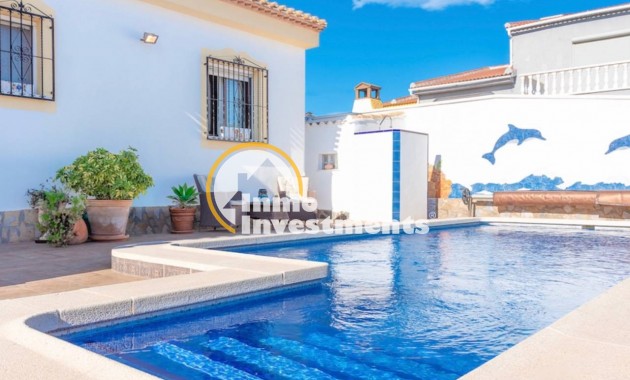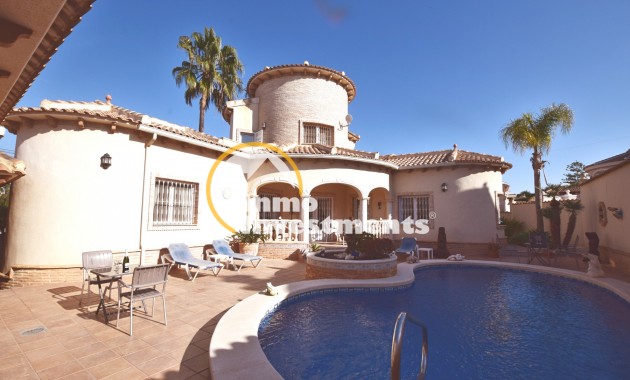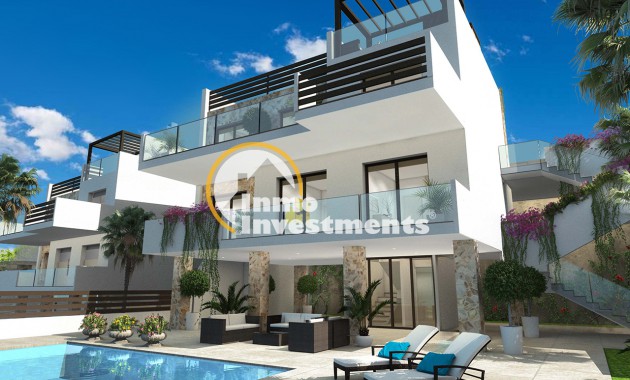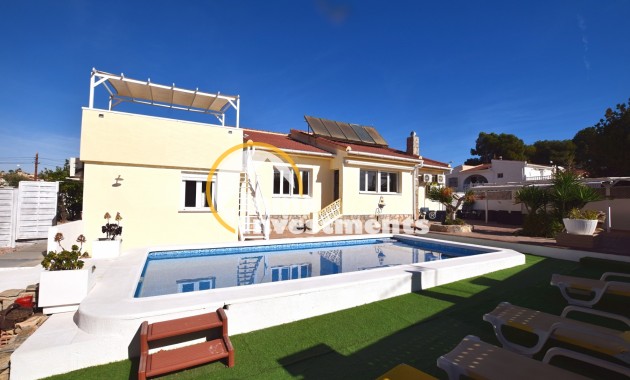SUMA and IBI property taxes, how much does Council Tax cost in Spain?
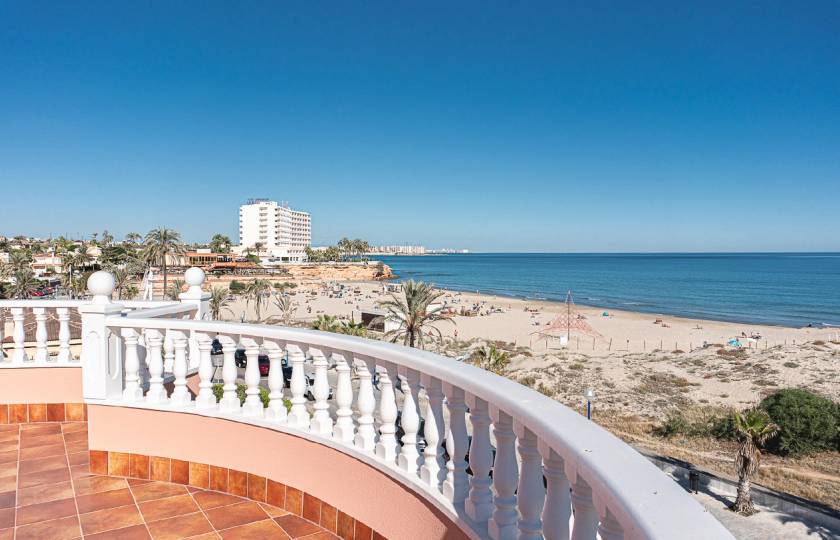
What is IBI tax? Who pays property tax? And when are property taxes paid?
SPAIN'S PROPERTY TAX system is easy to understand, and charges levied are likely to be much cheaper than you might be used to at home, but some areas of the Costa Blanca can be significantly more expensive to live in than others.
So how much should you expect to pay, which locations offer the cheapest property tax rates, and which areas are the most expensive?
Property tax in Spain is called "Impuesto sobre Bienes Inmuebles", or simply, IBI. IBI is an annual municipal property tax levied on immovable and tangible property, such as land, residential homes, garages, and commercial and industrial property. It´s equivalent to Germany's "Grundsteuer", France´s "Taxe d'habitation", or the United Kingdom's "Council Tax"
Property taxes paid by homeowners each year contribute to the provision of local services and infrastructure - from street cleaning and residential lighting, to public transport, and much more.
Like many other countries, the amount you'll have to pay depends on the rateable value of your home and the tax rate declared by your local Town Hall.

The property's rateable value in Spain is called the "Valor Catastral". This value is assessed and registered at the Cadastral Registry when a new property is built, and increases annually in line with inflation.
The Valor Catastral is usually significantly lower than the real market value of a property. As a real-world example, a modestly sized detached 2-bedroom villa in Ciudad Quesada with an approximate resale value of €130,000 today, has a rateable value of just €22,737.66.
Many aspects influence the rateable value of a property, and it's not unusual for neighbouring properties of similar size and design to have different values. The actual Valor Catastral for a property can be found by referring to the last IBI bill.
What is SUMA or IBI, and how is it calculated?
The local tax rate is the second factor that determines the annual property tax payable. Known as the "Tipo Impositivo", this tax rate is set by the municipal authority (either the City Council or Town Hall) as a percentage of the rateable value of each property.
Unlike the UK's council tax system, there are no bands, and the percentage is fixed for all properties in the municipality. Local authorities can set a percentage between a lower and upper limit of 0.400% and 1.300%, mandated by the central government.
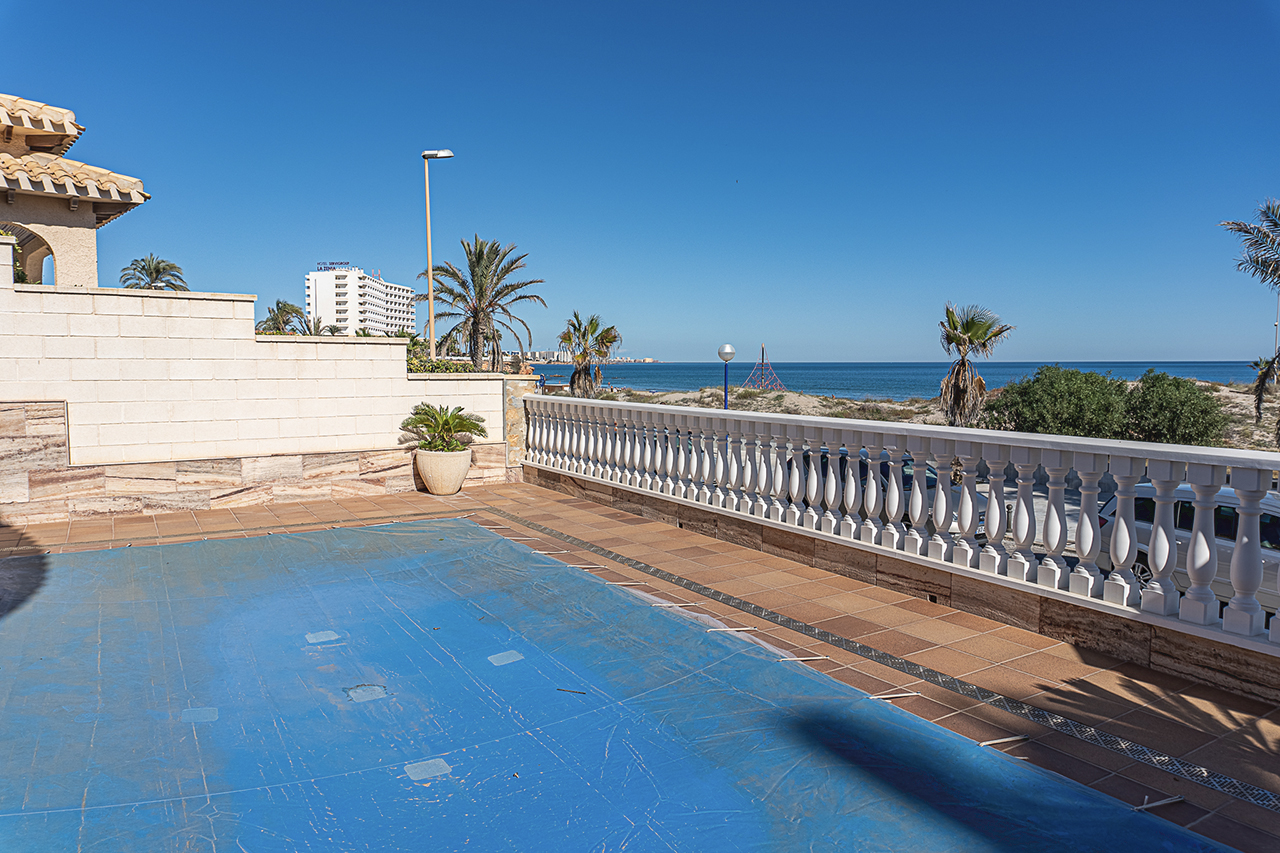
These differing property tax rates can cause a large disparity between municipalities and should be considered when accounting for the long-term fixed costs of owning a property in Spain.
For instance, Torrevieja's IBI property tax rate is the cheapest on the Costa Blanca at just 0.400% but more than double that in neighbouring Guardamar del Segura, where the Town Hall levies a property tax of 0.818%.
At the far end of the tax spectrum, the Northern Costa Blanca municipal area of Dénia is the most expensive in terms of property taxation with a rate of 0.95%, and our home area of Orihuela Costa ranks within the top third of most expensive places for IBI tax at 0.695%.
The modestly sized detached villa in Ciudad Quesada used in this example falls within the administration of Rojales, and would cost €141.29 per year in property taxes for 2024 (with a Valor Catastral of €21,737.66).
Properties of an equal rateable value in Torrevieja would cost just €86.95 annually, in Orihuela Costa the property tax would be €151.07, and in the most expensive Costa Blanca North municipality of Dénia, the annual IBI tax liability would amount to €206.50.
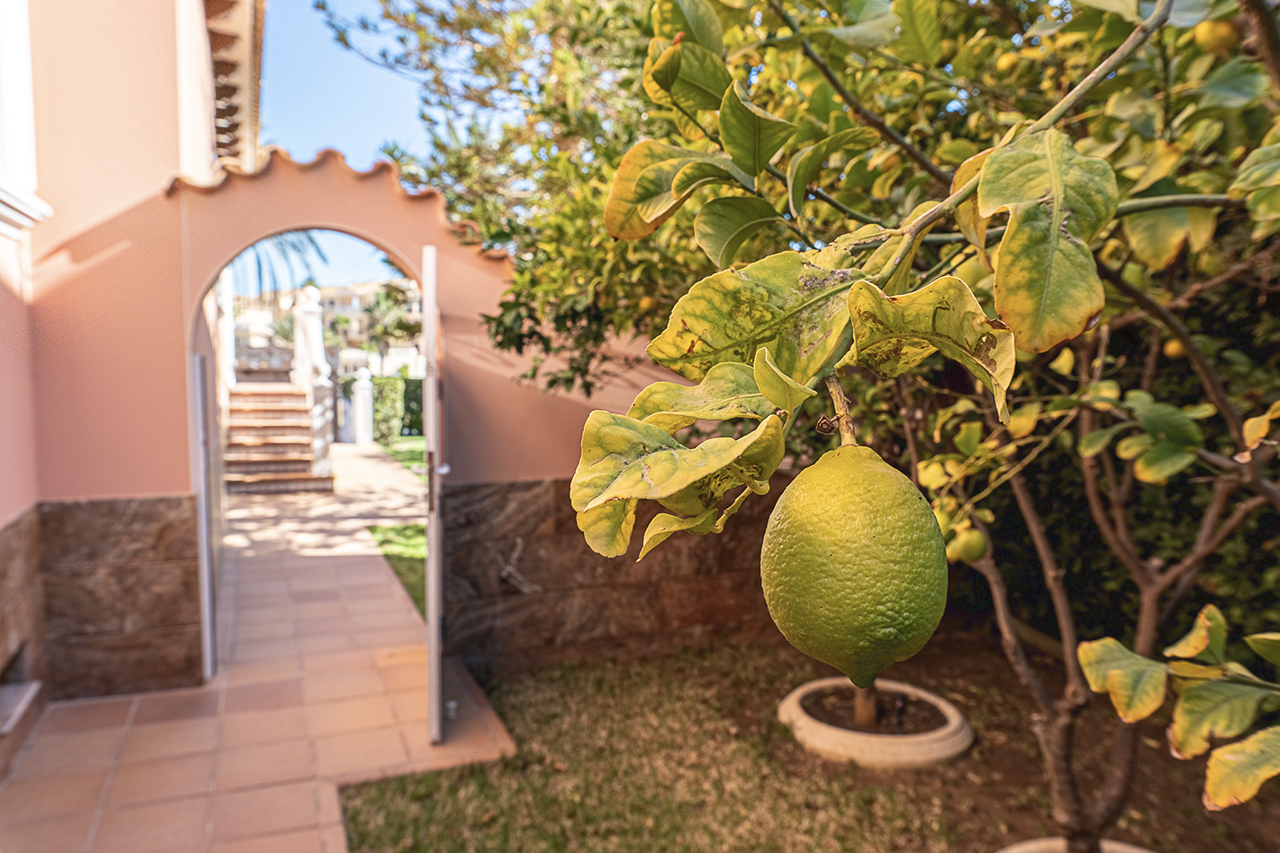
Property taxes on the Costa Blanca, IBI tax rates for 2024
Here's a list of current municipal IBI property tax rates for 2024 ranked in order from the most expensive to the cheapest areas. Please note that there are 141 municipalities in the Alicante Province, and this list focuses only on those authorities within our catchment area.
| MUNICIPALITY | IBI TAX RATE |
| Dénia | 0.950% |
| Daya Vieja | 0.940% |
| Elche | 0.873% |
| Calpe | 0.867% |
| San Fulgencio | 0.830% |
| Guardamar del Segura | 0.818% |
| Finestrat | 0.760% |
| Crevillent | 0.720% |
| Busot | 0.700% |
| Formentera del Segura | 0.700% |
| Orihuela | 0.695% |
| Bigastro | 0.693% |
| Polop | 0.680% |
| Benidorm | 0.667% |
| Santa Pola | 0.663% |
| Villena | 0.663% |
| Daya Nueva | 0.660% |
| Algorfa | 0.660% |
| Catral | 0.650% |
| Rojales | 0.650% |
| Jacarilla | 0.610% |
| Mutxamel | 0.600% |
| San Miguel de Salinas | 0.590% |
| Benijófar | 0.550% |
| El Campello | 0.530% |
| Pilar de la Horadada | 0.517% |
| Altea | 0.503% |
| Los Montesinos | 0.500% |
| Almoradí | 0.500% |
| Dolores | 0.420% |
| Torrevieja | 0.400% |
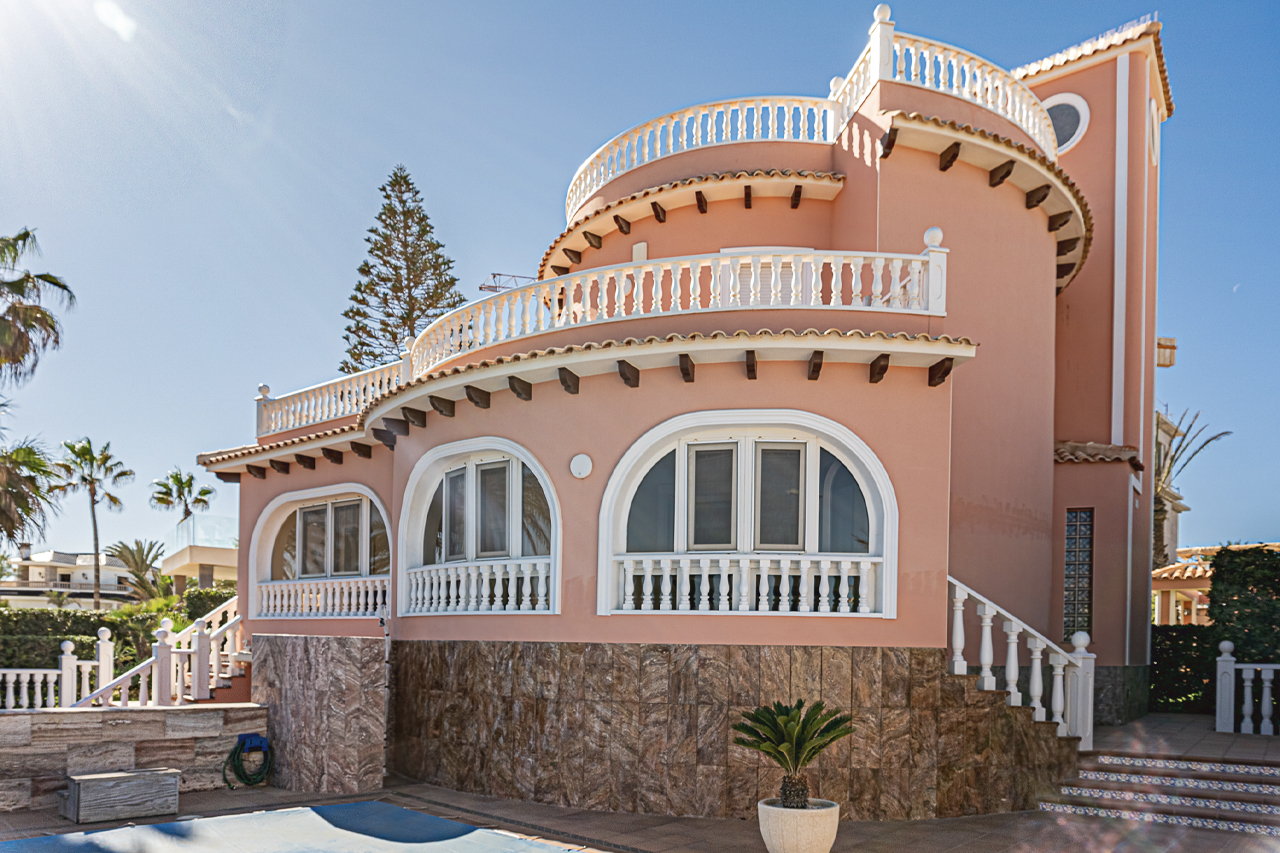
The collection of municipal property taxes in the Alicante Province is administered by Suma Gestión Tributaria, a public autonomous agency established in 1990 to manage and collect tax revenue on behalf of local authorities.
Often referred to as simply "Suma" or "SUMA", the provincial brand name has become synonymous with Spanish property tax, but the organisation is also responsible for collecting annual vehicle road tax and enforcement of traffic fines. It's not unusual for local homeowners to refer to their Spanish council tax bills as their Suma bill.
When should IBI and SUMA tax bills be paid? And how can they be paid?
IBI is payable annually with bills issued by the Suma office in July each year. For this fiscal year, payments can be made from Tuesday 23rd July 2024 but no later than Tuesday 8th October 2024.
Late payments attract fines and accumulate interest, and a separate bill is issued for the costs of domestic waste collection services. This is issued in March each year.
Property owners can pay their annual IBI property tax online via the Suma Online Office, over the telephone with a credit or debit card, in person at a local Suma office, or at most Spanish high-street banks including Sabadell, CaixaBank, and Bankia.
Spanish homeowners can also set up a regular direct debit via Suma to pay the property taxes due, either annually or in smaller regular instalments.
Would you like to see more of the property featured in this article? This 5-bedroom 8-bathroom luxury villa in La Zenia Beach is on the market right now, just click here to view the property listing and photos of this stunning beach home.
Spain Costa Blanca Orihuela Costa









 Previous
Previous 






